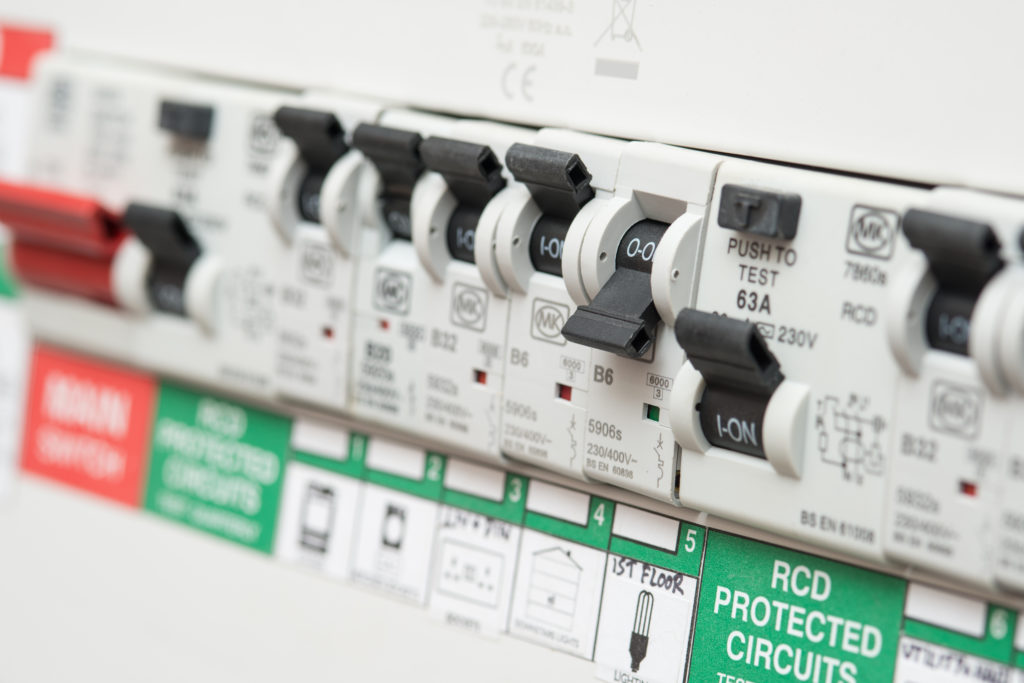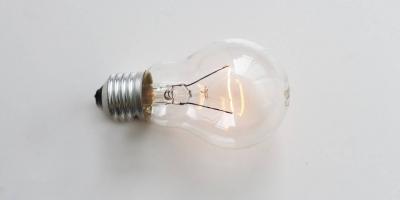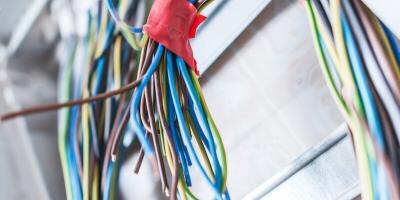Safety is among the primary concerns when installing electrical wiring or new appliances in your home.
Circuit breakers are usually your main line of defence against short-circuit and overloading – however, it can only do so much against electrocution. That’s why installing Residual Current Devices (RCD) or RCD switches in your power lines makes a significant impact on your health and safety.
However, before you head out to buy one, it is essential to have an idea about how these safety switches protect you from electrical hazards. Here’s what you need to know about RCD switches.

How RCDs Work?
A typical RCD switch continually monitors the Active/Line (L) and Neutral (N) wires. Under normal circumstances, the current flowing between both wires is equal.
However, in the event of an electrical fault or electrocution, the current becomes imbalanced, and this is instantly detected by your RCD, which cuts the power off before any damage or injury takes place.
Additionally, RCDs are very sensitive and can disconnect a circuit within 20 milliseconds upon detecting leakage or imbalance in the current. This short period is much faster than the critical section of the cardiac cycle and helps prevent risks of death or serious injuries. Just like circuit breakers, Residual Current Devices also protects your electrical appliances and significantly reduces the risk of fire accidents caused by faulty electrical wiring.
Types of RCDs
RCD Safety Switches come in three main types:
1. Fixed/Meter-mounted RCD
You can find meter-mounted RCDs installed in your main meter box. This type of RCD protects all circuits and appliances connected to the main power. Thus it is known to provide the highest level of protection, among other examples.
2. Socket-Outlet RCDs
These are individual sockets equipped with RCDs and are used to replace your standard socket-outlets. Unlike fixed RCDs, Socket-Outlet RCDs provide protection only to the person in contact with the equipment and the leads plugged into the special socket.
3. Portable RCDs
Portable RCDs plugs into any standard socket-outlets, so you don’t have to pay additional fees for an electrician to take apart your standard outlets to replace with a safer one. You can then plug any appliance into a portable RCD, but just like socket-outlet RCDs, they can only protect the connected device and anyone in contact with the equipment.
Testing your RCDs
Most Residual Current Devices come with a built-in test button for you to monitor its performance. Fixed RCDs are already 97% reliable, but this can be further optimised if you maintain a monthly test on your RCD to make sure it performs ideally.
To test your RCD, follow these simple steps:
- Turn your main switch on
- Unplug or turn off all appliances and plug in a single lamp.
- Push the “test” (T) button on the RCD quickly to simulate an earth leakage fault. Doing this will trip off the RCD, cutting off power to all the circuits connected to it.
- Check if the lamp has turned off and check another lighting in power points connected to the RCD to make sure there is no power flowing through the lines. Note that this can also trip off your main switch.
- Turn the main switch back on, as well as the RCD unit and ensure the lamp works when plugged in.
Nuisance Tripping
An RCD also serves as an indicator of a bigger electrical problem that might require professional help. If your RCD safety switches frequently trips, even with minimal power usage, one of these common causes might be occurring:
- Leaking in electrical insulation causing moisture to leak the electricity to earth
- Faulty appliance components (e.g., motors, heating elements) drawing in power surges
- Poor electrical grounding
Conclusion
Nothing is more important than keeping your family safe from electrical hazards. A small investment in RCD safety switches can go a long way and can save you a significant amount of money over time.
If you experience intermittent RCD switch tripping or if you want to have residual current devices installed in your homes, contact us at (02) 9199 7480 or email us for a free quote.










